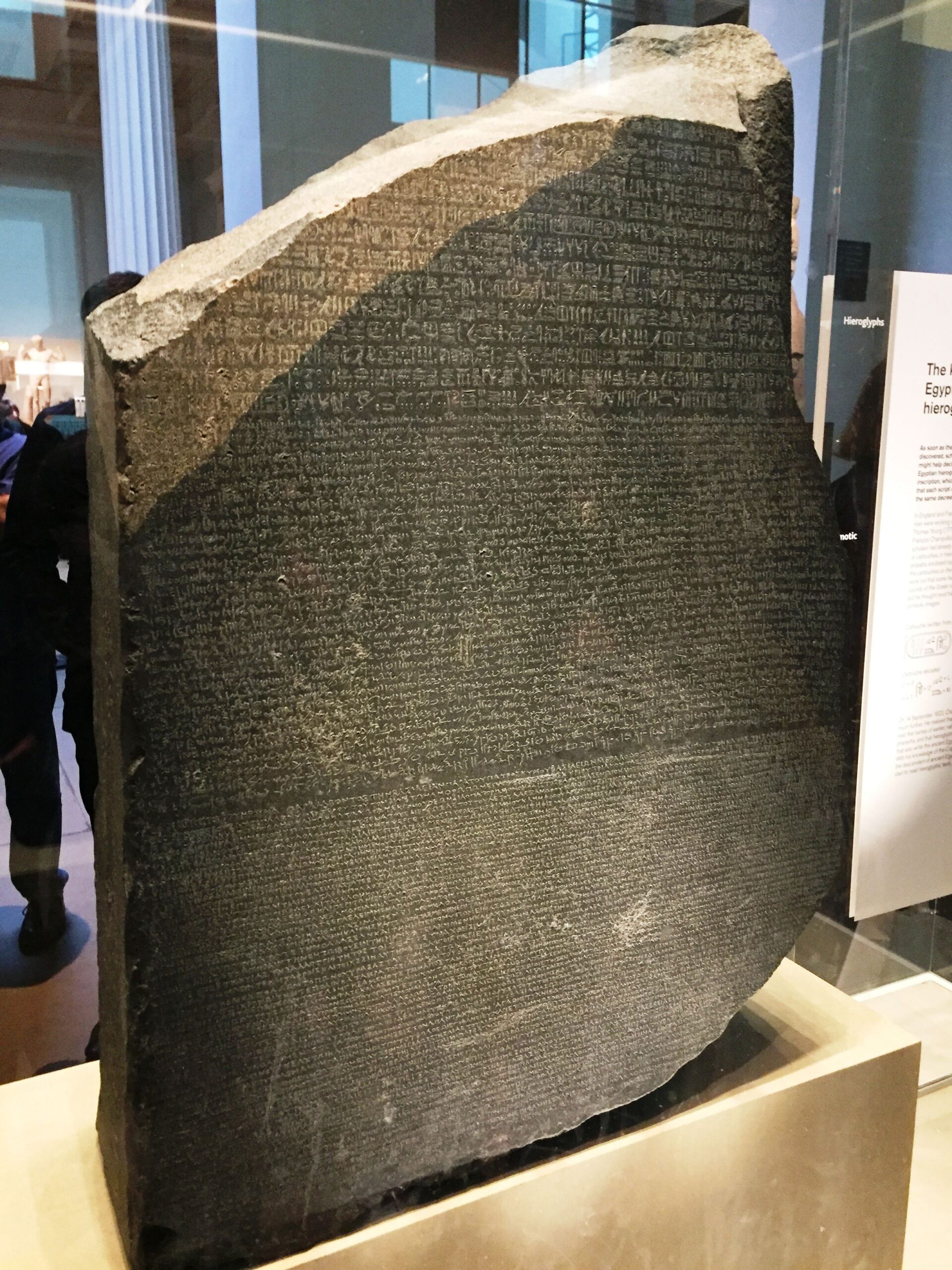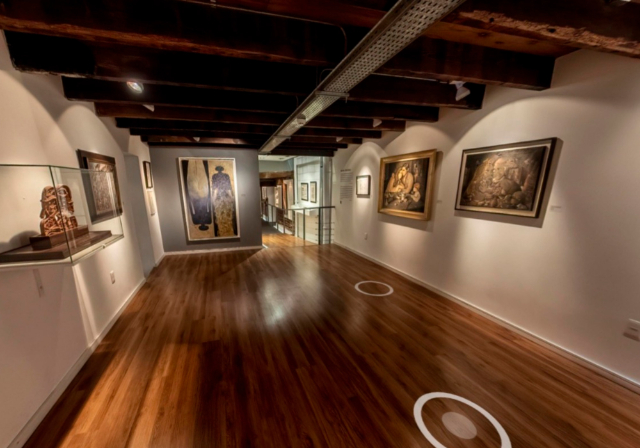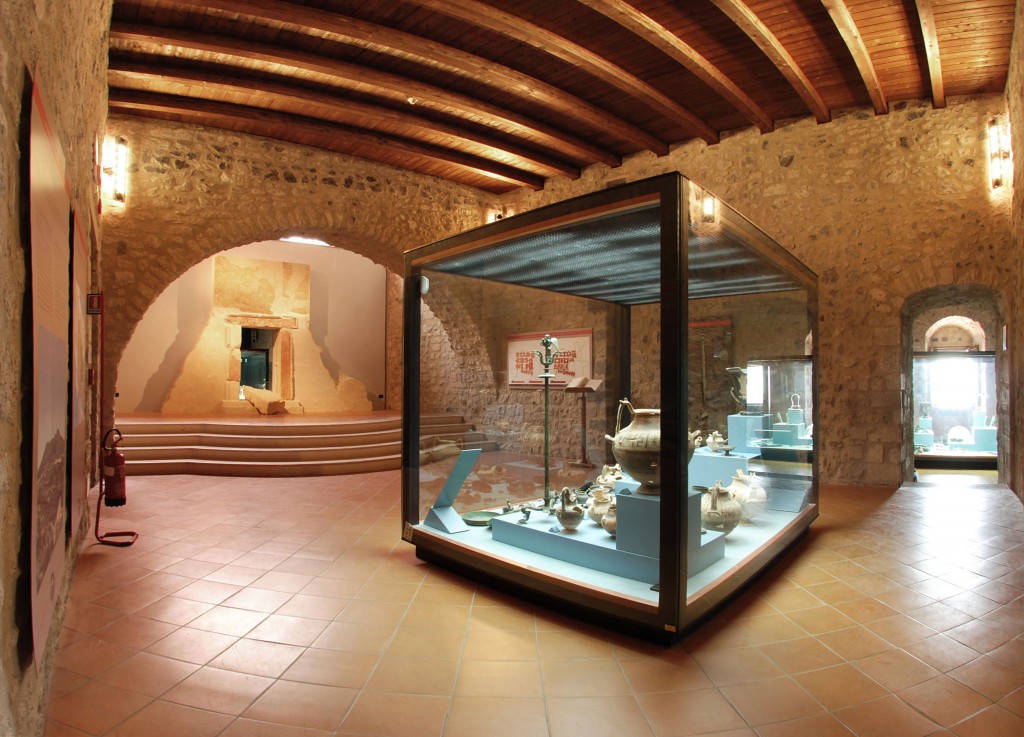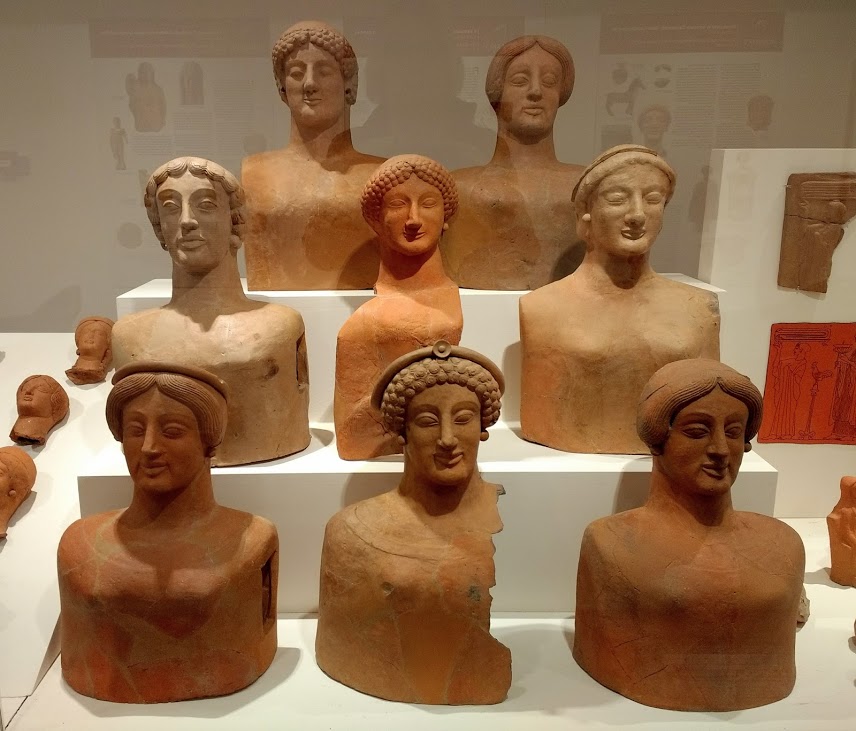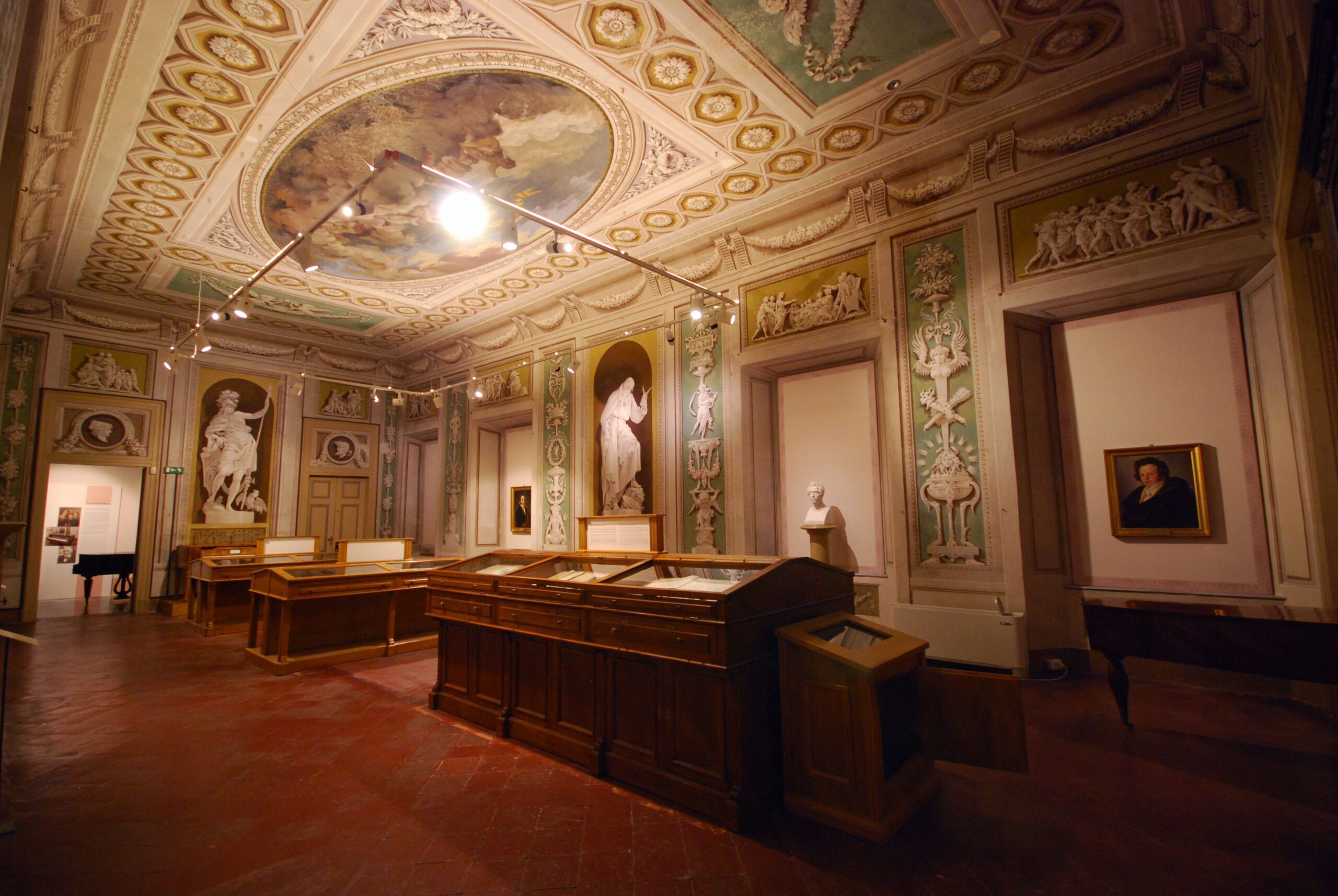The Rosetta Stone is a granodiorite stele, found in 1799, inscribed with three versions of a decree issued at Memphis, Egypt in 196 BC during the Ptolemaic dynasty on behalf of King Ptolemy V. The top and middle texts are in Ancient Egyptian using hieroglyphic script and Demotic script, respectively, while the bottom is in Ancient Greek.As the decree has only minor differences between the three versions, the Rosetta Stone proved to be the key to deciphering Egyptian hieroglyphs, thereby opening a window into ancient Egyptian history.
The stone, carved during the Hellenistic period,is believed to have originally been displayed within a temple,possibly at nearby Sais.It was probably moved during the early Christian or medieval period, and was used as building material in the construction of Fort Julien near the town of Rashid (Rosetta) in the Nile Delta.It was rediscovered there in July 1799 by a French soldier named Pierre-François Bouchard during the Napoleonic campaign in Egypt.
